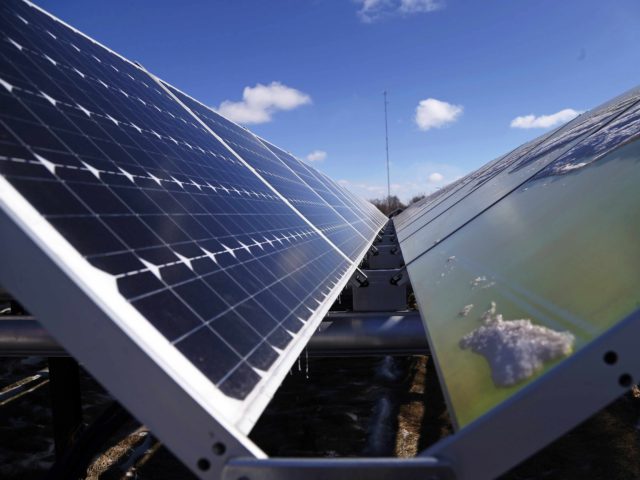Real estate brokers are warning that home sales are struggling to close when homeowners carry $20,000 or more in lease obligations owed for solar panels that are now “white elephants.”
In real the estate world, a “white elephant” is an excellent house for sale which sits and sits. Often it can be recognized it by the tall grass and weeds overrunning the front yard.
This description is now associated with significant numbers of homes containing solar systems purchased on lease. Although solar the systems’ average cost is $25,000, some “active” systems’ cost over $100,000, according to the Energy Department study.
Net Energy Metering data published by California Solar Statistics reveals there are currently 479,507 homes with operating solar panels in the investor-owned utility territories serviced by PG&E, Southern California Edison and San Diego Gas & Electric. Adding in public power, that number could exceed 800,000. That means about 12 percent of California’s 6,883,493 single family homes have solar panel installations.
California sustainable energy vendors marketed 15 to 20-year residential solar panel leases based on a 2013 study by Lawrance Livermore Labs that claimed the financial benefits of purchasing solar included $143 per month in electrical savings and an increase in home values of $5,911 per 1-kW of solar capacity, based on “PV Value®.”
But the solar super-salesmen never tended to add that Livermore Labs had also stated that depreciation on solar installations was running $2,411 per year in 2013. Furthermore, due to better photo-voltaic efficiency, the cost of the average residential solar installation has been cut in half since 2010. Consequently, the depreciation on a two-year old solar system is probably closer to $5,000 per year for an average system, and multiples more for the big “active” systems for swimming pools.
The only reason the residential solar industry continues to exist in California, despite the 60 percent decline in fossil fuel prices from November 2014 to November 2015, is that massive “sustainable energy” subsidies have resulted in California households only realizing a10 percent reduction in electrical costs, to 17.36 cents per kilowatt hour (kWh).
This explains why Californians pay over a 70 percent premium to electrical costs compared to neighboring Oregon and Washington, which averaged 10 cents per kWh.
Up until a few months ago, Nevada offered similar sustainable energy subsidies as California. But when the Nevada Public Utilities Commission realized that sky-high utility bills were driving jobs away, Nevada terminated its subsidies and the residential solar industry literally disappeared overnight. As a result, Nevada electricity costs have fallen to 12.71 cents per k-Wh.
As a consequence, about 17,000 Nevada homeowners with mostly-leased solar systems instantly suffered about a $20,000 average devaluation on the value of their homes, and are soon about to see their electricity bills spike by 300 percent.
Anti-solar initiatives have also spread across other states. Arizona regulators now slap solar customers with a $5-per-month fee that is expected rise to $21-per-month this year. Oklahoma’s utility industry is also proposing new fees, and subsidies are being rolled back in Ohio, Kansas, and other states.
In addition to the downside financial risks for solar leases, if a prospective homebuyer is willing to take over the lease on a solar system, they must still have a “qualifying” FICO credit score of 700 or higher and sign on to a personal liability to make a separate fixed lease payment for the next 15-17 years.
A number of real estate brokers who spoke with Breitbart News lamented that in many middle class communities the FICO requirement to takeover a solar lease is a real “deal killer,” because it is substantially higher than the average 620 FICO score requirement for a VA mortgage loan.

COMMENTS
Please let us know if you're having issues with commenting.